Home>Furniture & Design>Interior Design Trends>What Tax Category Is Home Decor
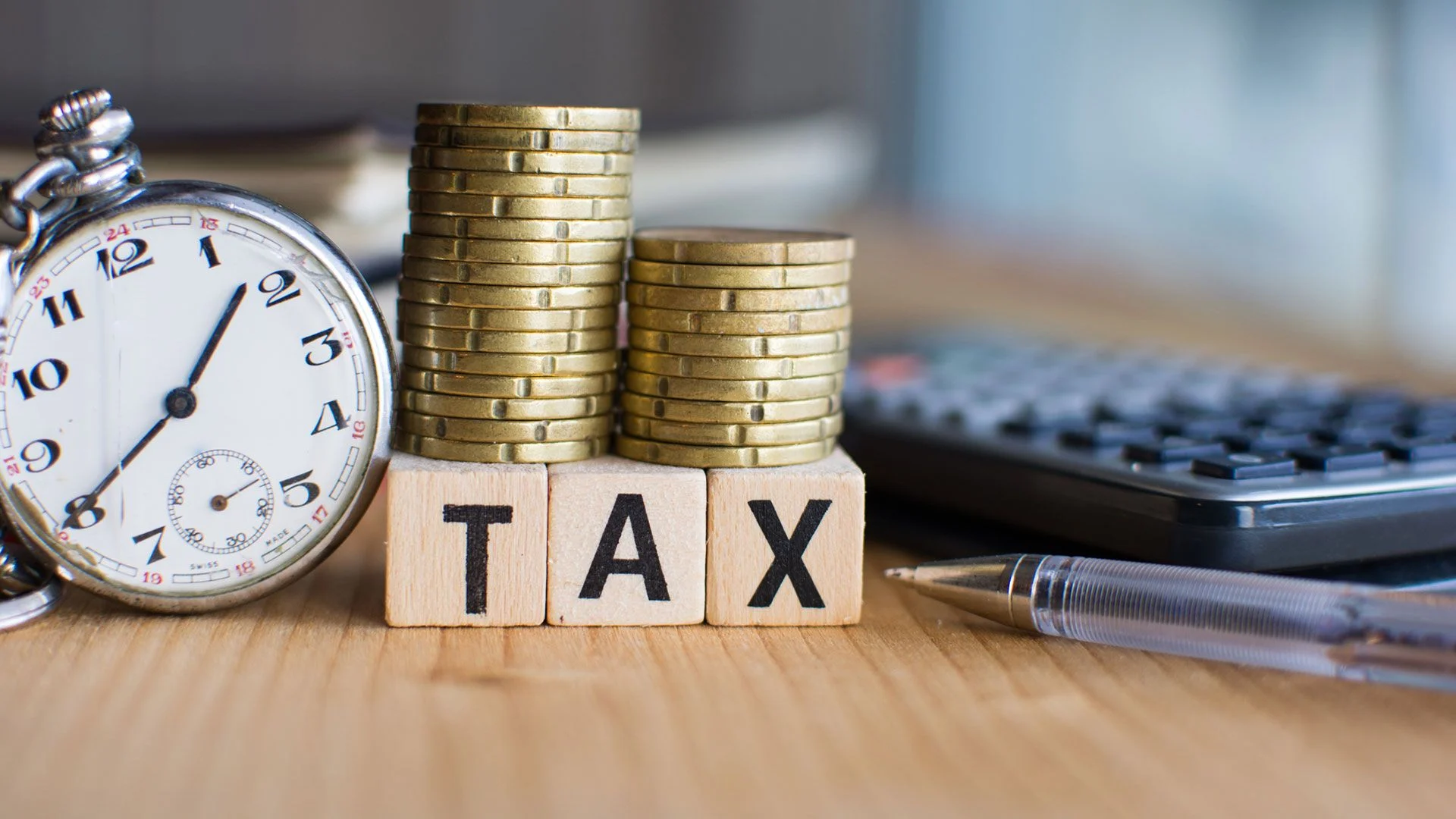

Interior Design Trends
What Tax Category Is Home Decor
Modified: January 5, 2024
Discover the latest interior design trends and find out what tax category home decor falls into. Learn more to stay ahead in the home decor industry.
(Many of the links in this article redirect to a specific reviewed product. Your purchase of these products through affiliate links helps to generate commission for Storables.com, at no extra cost. Learn more)
Introduction
In the realm of interior design, home decor serves as a powerful means of self-expression, enabling individuals to transform their living spaces into personalized sanctuaries. From the selection of furniture to the curation of decorative accents, every element contributes to the creation of a harmonious and inviting atmosphere. However, beyond the realm of aesthetics, there are practical considerations to ponder, such as the tax implications associated with home decor.
Understanding the tax categories and sales tax on home decor is essential for both consumers and businesses operating within the interior design industry. By unraveling the intricacies of these tax-related matters, individuals can make informed decisions when purchasing home decor, while businesses can ensure compliance with relevant tax regulations.
This comprehensive guide aims to shed light on the tax categories applicable to home decor, empowering readers to navigate the intersection of interior design and taxation with confidence. Whether you are an avid home decor enthusiast or a professional in the interior design field, delving into the nuances of tax categorization and sales tax on home decor can enhance your understanding of this multifaceted industry. Let's embark on this enlightening journey to unravel the tax implications associated with home decor.
Key Takeaways:
- Home decor items are classified into different tax categories based on their utility and purpose, influencing pricing and regulatory compliance for businesses and informing purchasing decisions for consumers.
- Sales tax on home decor varies based on item classification and jurisdiction, impacting pricing and financial considerations for businesses, while empowering consumers to make informed purchasing decisions.
Read more: What Category Is Landscaping
Understanding Home Decor
Home decor encompasses a diverse array of elements that harmonize to define the ambiance and visual appeal of residential spaces. This includes furniture, lighting fixtures, textiles, wall art, decorative accessories, and more. Each component plays a pivotal role in shaping the overall aesthetic and functionality of a home, reflecting the inhabitants’ personality and preferences.
When it comes to home decor, individual tastes and trends greatly influence the selection of items. Some may gravitate towards minimalist and modern designs, opting for clean lines and understated elegance, while others may embrace eclectic and vibrant decor, incorporating an assortment of patterns, textures, and colors. Furthermore, the rise of sustainable and eco-friendly home decor has garnered widespread attention, prompting a shift towards ethically sourced materials and environmentally conscious design practices.
Moreover, the concept of home decor extends beyond mere ornamentation. It encompasses the creation of functional and ergonomic living spaces that cater to the inhabitants’ daily activities and well-being. From the arrangement of furniture to the strategic placement of decor elements, every decision contributes to the optimization of comfort and utility within the home.
Understanding the nuances of home decor involves recognizing the significance of cohesion and balance. Cohesive decor fosters a sense of unity and fluidity throughout the living space, creating a visually appealing and harmonious environment. Additionally, achieving a balance between form and function is crucial, as decor should not only exude aesthetic allure but also serve practical purposes, enhancing the overall living experience.
As the realm of home decor continues to evolve in response to shifting design trends and consumer preferences, it remains a dynamic and captivating domain that intertwines creativity, functionality, and personal expression. By delving into the intricacies of home decor, individuals can cultivate living spaces that resonate with their unique identities and provide a nurturing backdrop for their daily lives.
Tax Categories for Home Decor
When it comes to tax categorization, home decor items are typically classified based on their utility and purpose. Understanding the tax categories for home decor is essential for consumers, retailers, and manufacturers alike, as it influences pricing, regulatory compliance, and financial planning.
One primary tax category for home decor encompasses essential items such as furniture and lighting fixtures. These items are often classified under tangible personal property, subject to specific sales tax regulations based on the jurisdiction. Additionally, the categorization of furniture and lighting fixtures may vary depending on whether they are considered essential for basic living or are deemed luxury items, which can impact the applicable tax rates.
Another tax category pertains to decorative accents and non-essential decor items, including wall art, vases, decorative mirrors, and ornamental accessories. These items may fall under a distinct tax classification, often characterized by their non-essential nature and their function primarily as aesthetic enhancements rather than essential household utilities.
Furthermore, textiles and soft furnishings, such as curtains, rugs, and decorative pillows, represent another tax category within the realm of home decor. These items are often subject to specific tax considerations, especially when they are sold as standalone decor pieces rather than as components of larger furniture sets.
Understanding the tax categories for home decor enables businesses to accurately assess their tax obligations and pricing strategies, ensuring compliance with relevant tax laws while effectively managing their financial operations. For consumers, awareness of the tax categories facilitates informed purchasing decisions, allowing them to anticipate and understand the tax implications associated with their home decor acquisitions.
As the home decor industry continues to evolve, tax categorization remains a crucial aspect of financial management and regulatory adherence. By navigating the complexities of tax categories for home decor, stakeholders within the industry can navigate the intricate intersection of interior design and taxation with clarity and confidence.
Home decor items are typically categorized as tangible personal property for tax purposes. This means they are subject to sales tax when purchased, and may also be subject to property tax if you own a business or rental property.
Sales Tax on Home Decor
When purchasing home decor items, consumers often encounter the application of sales tax, which varies based on the specific jurisdiction and the nature of the items being purchased. Understanding the nuances of sales tax on home decor is paramount for both consumers and businesses, as it directly impacts pricing and financial considerations.
The application of sales tax on home decor is contingent upon the classification of the items and the prevailing tax regulations within a given location. Essential home decor items, such as furniture and lighting fixtures, are typically subject to sales tax, with the applicable rates determined by the governing tax authority. These rates can fluctuate based on the jurisdiction and may be influenced by factors such as the item’s perceived luxury status or its essential nature for basic living.
Non-essential decorative accents and ornamental decor items also attract sales tax, albeit at potentially different rates or under distinct tax categorizations. The tax treatment of these items often reflects their non-essential nature and their primary function as aesthetic embellishments within residential spaces.
Textiles and soft furnishings, including curtains, rugs, and decorative pillows, represent another facet of sales tax on home decor. The tax implications associated with these items may vary, particularly when they are sold as standalone decor pieces rather than as components of larger furniture sets.
Moreover, the proliferation of online retail has introduced additional complexities regarding sales tax on home decor. With e-commerce transcending geographical boundaries, consumers and businesses must navigate the implications of sales tax across different states and countries, considering factors such as nexus laws and interstate commerce regulations.
For businesses operating within the home decor industry, understanding and adhering to sales tax regulations is essential for maintaining compliance and fostering financial transparency. By accurately incorporating sales tax into pricing structures and financial projections, businesses can mitigate potential liabilities and ensure regulatory adherence.
Conversely, consumers benefit from an awareness of sales tax on home decor, enabling them to make informed purchasing decisions while accounting for the associated tax implications. Moreover, understanding the nuances of sales tax empowers consumers to navigate the evolving landscape of e-commerce and cross-border transactions, ensuring clarity regarding tax obligations when acquiring home decor items from diverse sources.
Ultimately, comprehending the intricacies of sales tax on home decor is pivotal for fostering transparency, regulatory compliance, and informed decision-making within the dynamic and captivating realm of interior design.
Conclusion
Exploring the intersection of interior design and taxation reveals the multifaceted considerations that underpin the world of home decor. From tax categorization to sales tax implications, the financial landscape surrounding home decor is as diverse and dynamic as the decor itself.
By understanding the tax categories for home decor, both businesses and consumers can navigate the complexities of regulatory compliance and financial planning. Essential items such as furniture and lighting fixtures, non-essential decorative accents, and textiles each represent distinct tax categories, shaping the financial landscape of the interior design industry.
Moreover, the application of sales tax on home decor introduces further layers of complexity, influenced by jurisdictional regulations and the evolving landscape of e-commerce. Businesses must meticulously incorporate sales tax into their pricing strategies and financial operations, ensuring compliance and financial transparency. Simultaneously, consumers benefit from an awareness of sales tax implications, enabling informed purchasing decisions and a nuanced understanding of the financial aspects of acquiring home decor items.
As the realm of interior design continues to evolve, the synergy between creative expression and financial considerations remains a defining aspect of the industry. By unraveling the intricacies of tax categorization and sales tax on home decor, stakeholders within the interior design landscape can navigate this dynamic intersection with clarity and confidence.
In essence, the marriage of interior design and taxation underscores the profound impact of financial considerations on the aesthetic and functional aspects of residential spaces. By embracing a comprehensive understanding of tax categorization and sales tax implications, individuals and businesses can harmonize the creative allure of home decor with the pragmatic realities of financial management, fostering a balanced and informed approach to interior design.
Ultimately, the fusion of creativity and financial acumen within the realm of home decor epitomizes the captivating duality of this vibrant industry, where the artistry of design converges with the practicalities of taxation, shaping living spaces that are not only visually captivating but also financially astute.
Frequently Asked Questions about What Tax Category Is Home Decor
Was this page helpful?
At Storables.com, we guarantee accurate and reliable information. Our content, validated by Expert Board Contributors, is crafted following stringent Editorial Policies. We're committed to providing you with well-researched, expert-backed insights for all your informational needs.

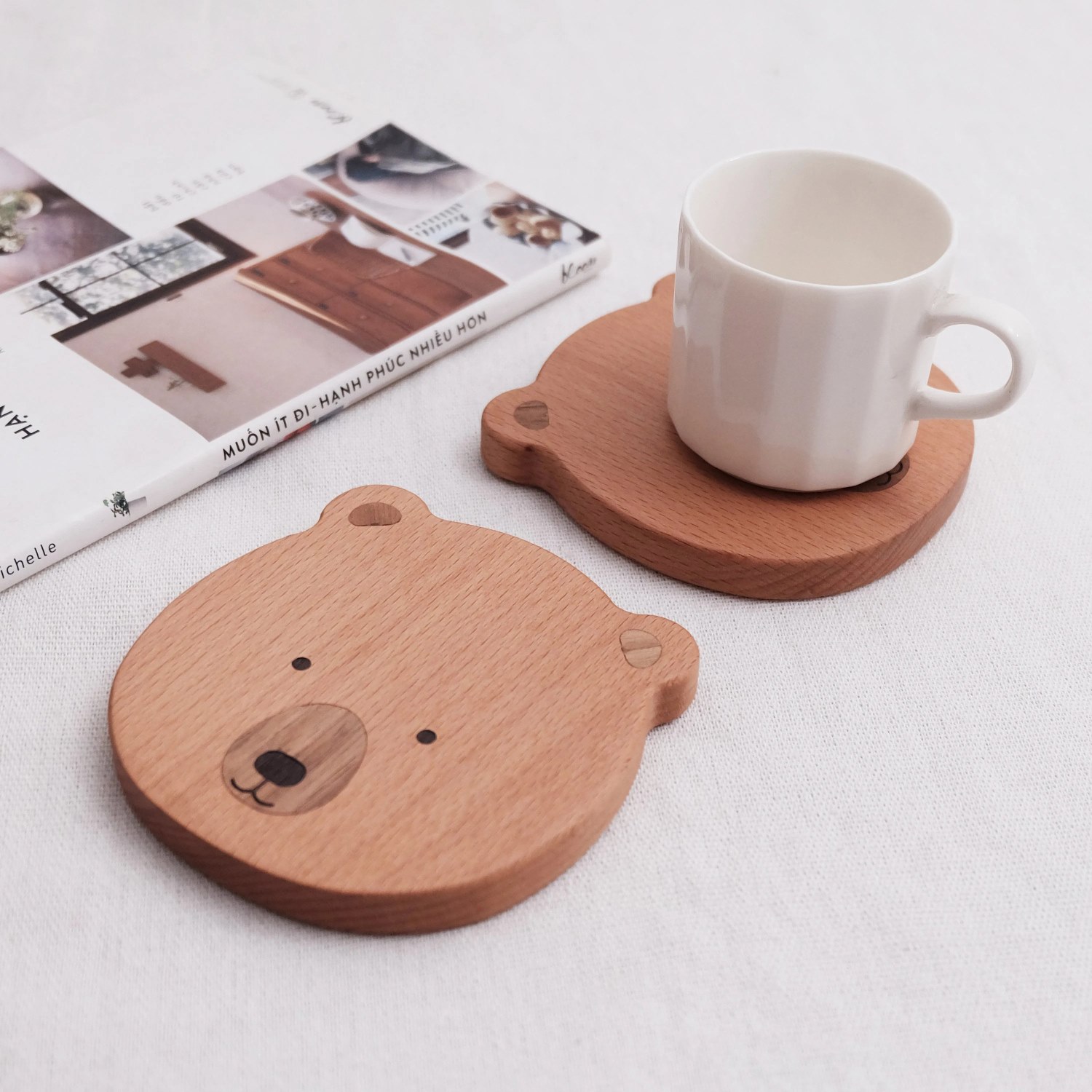

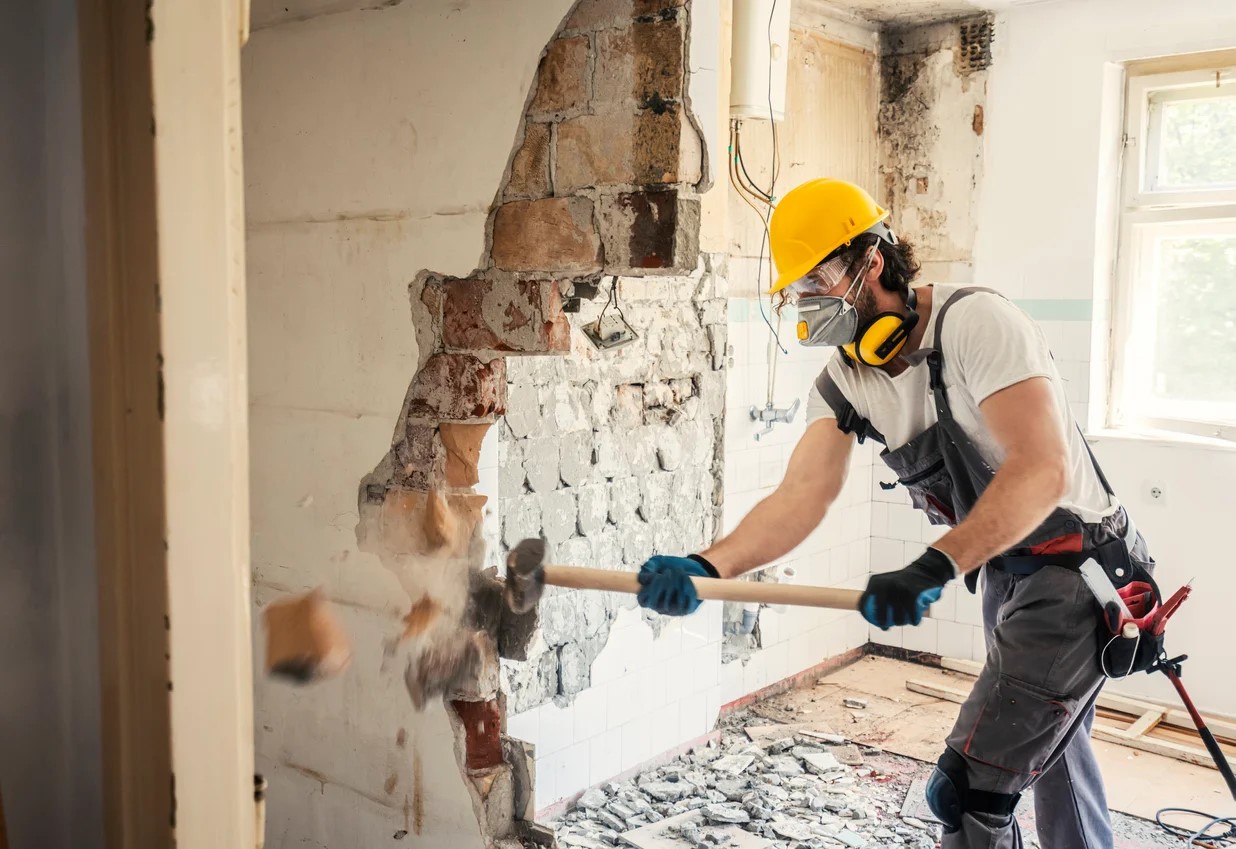
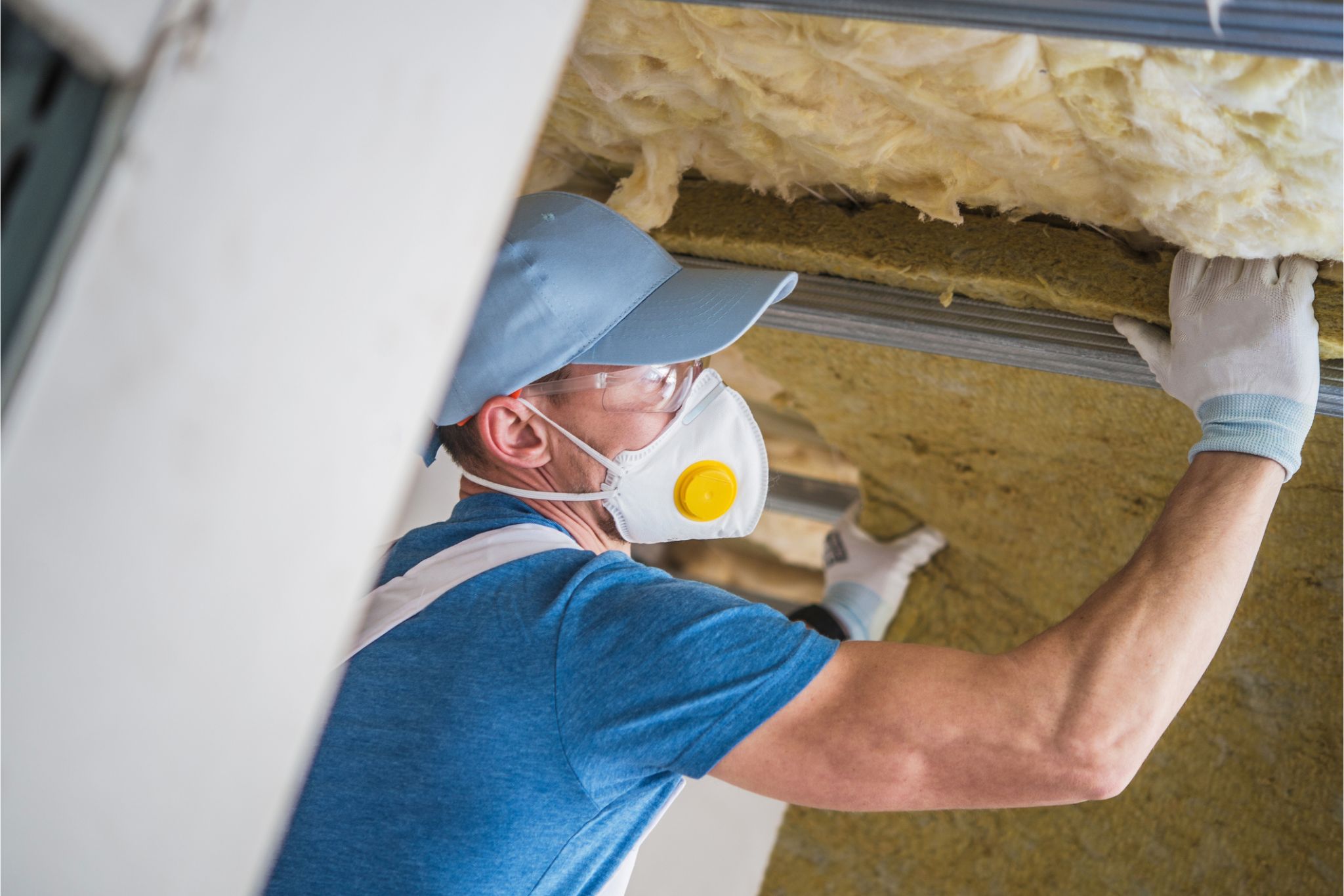
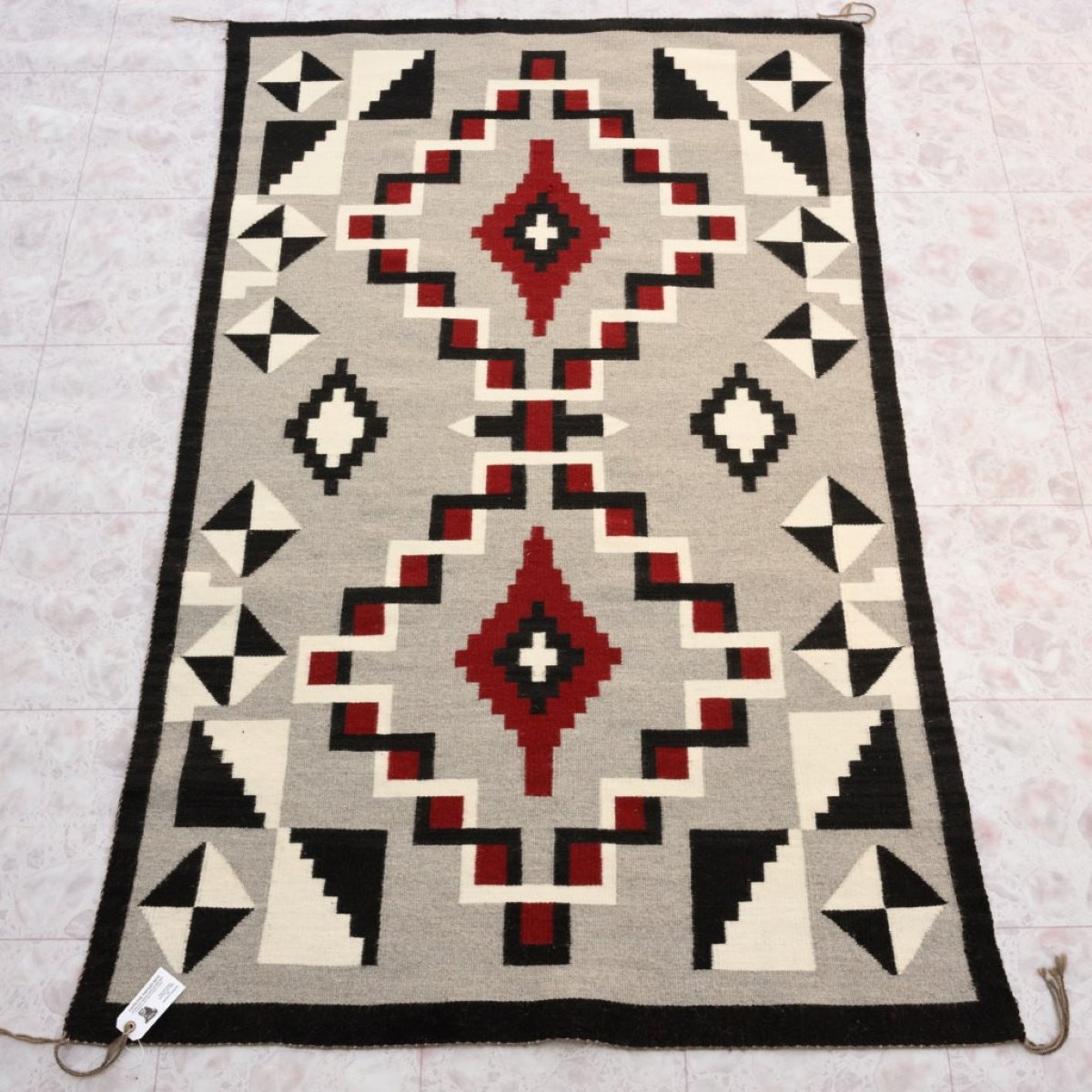


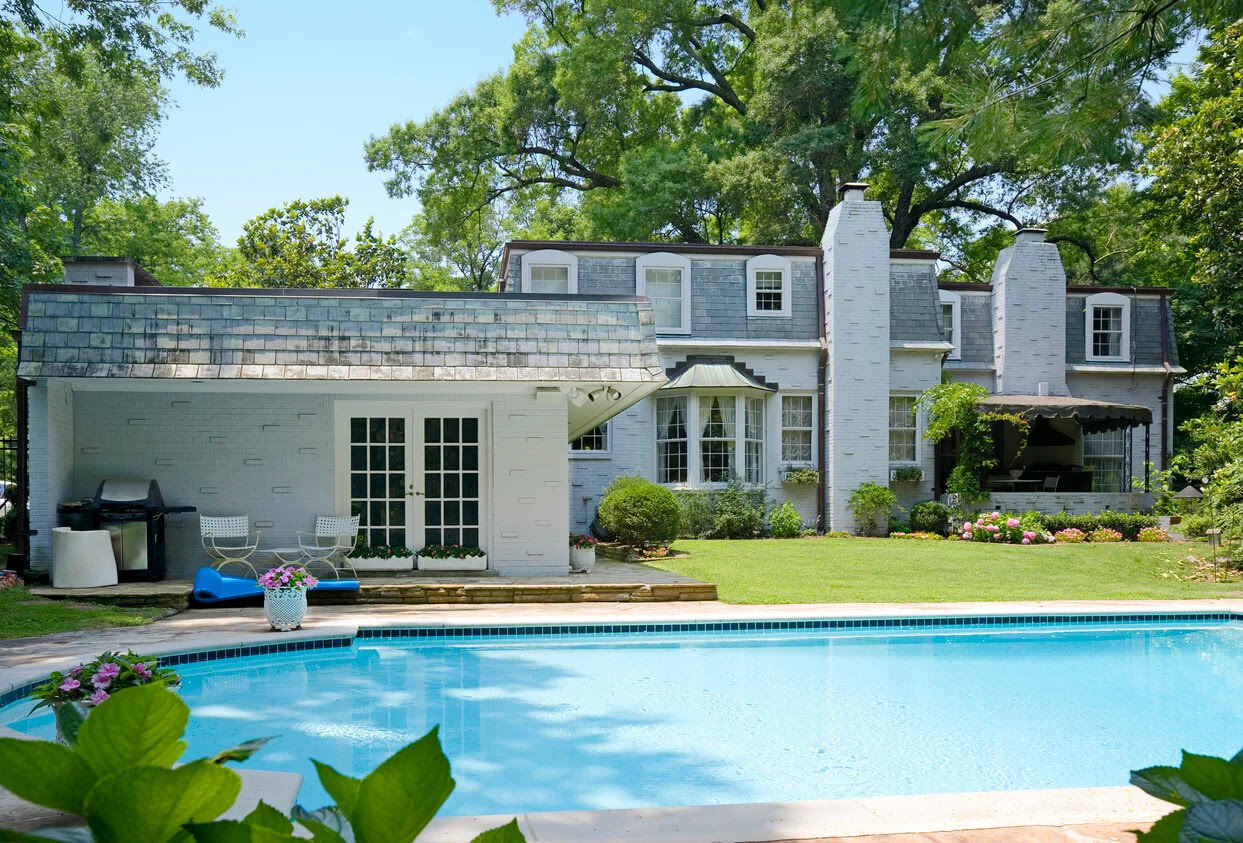
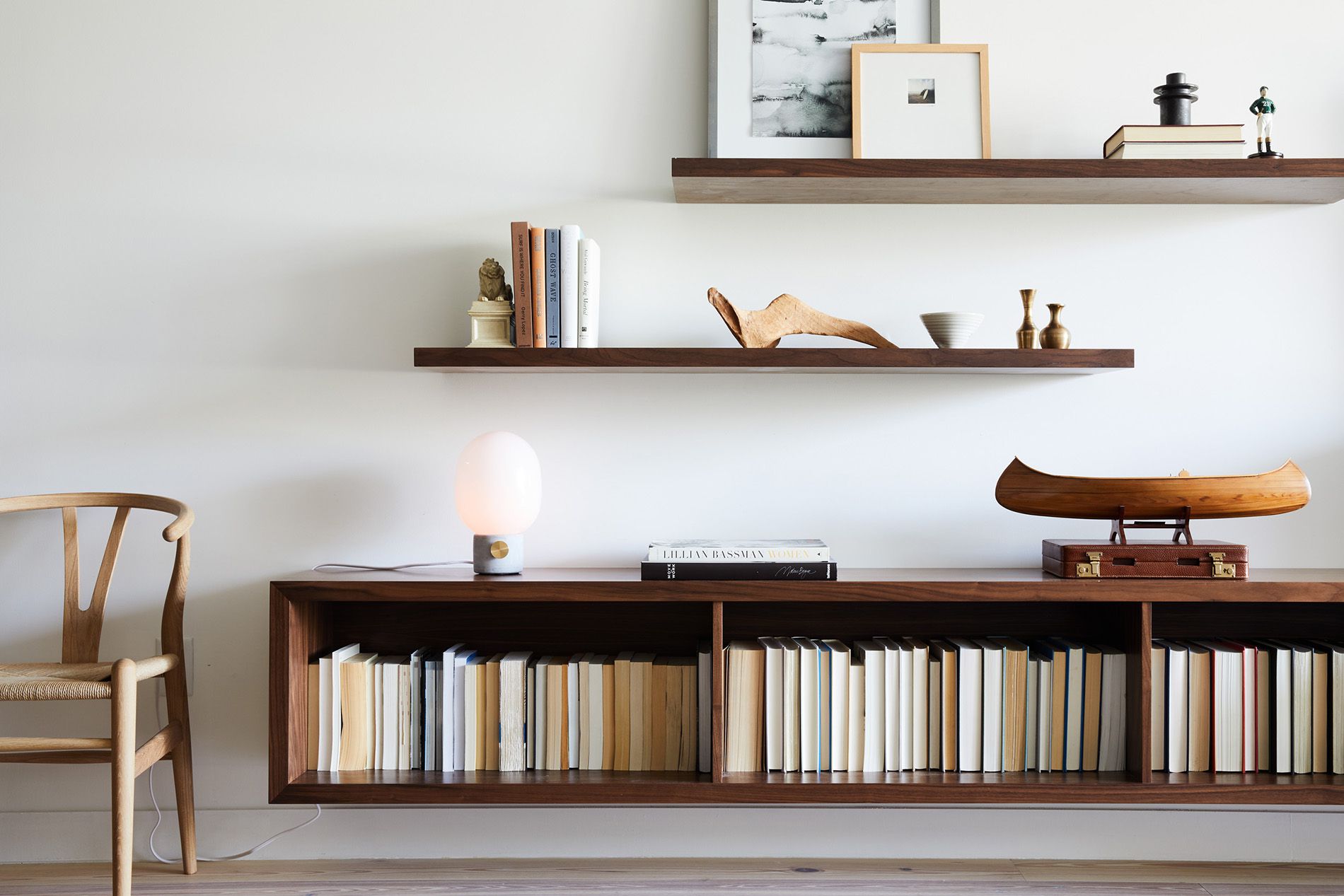

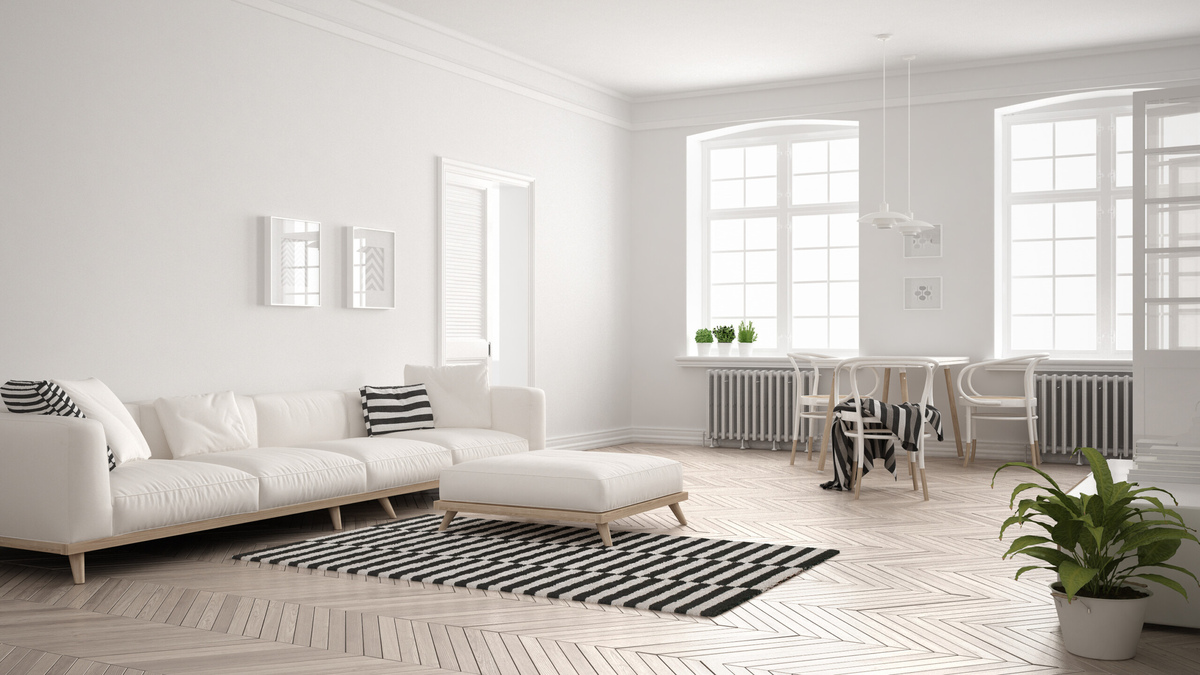
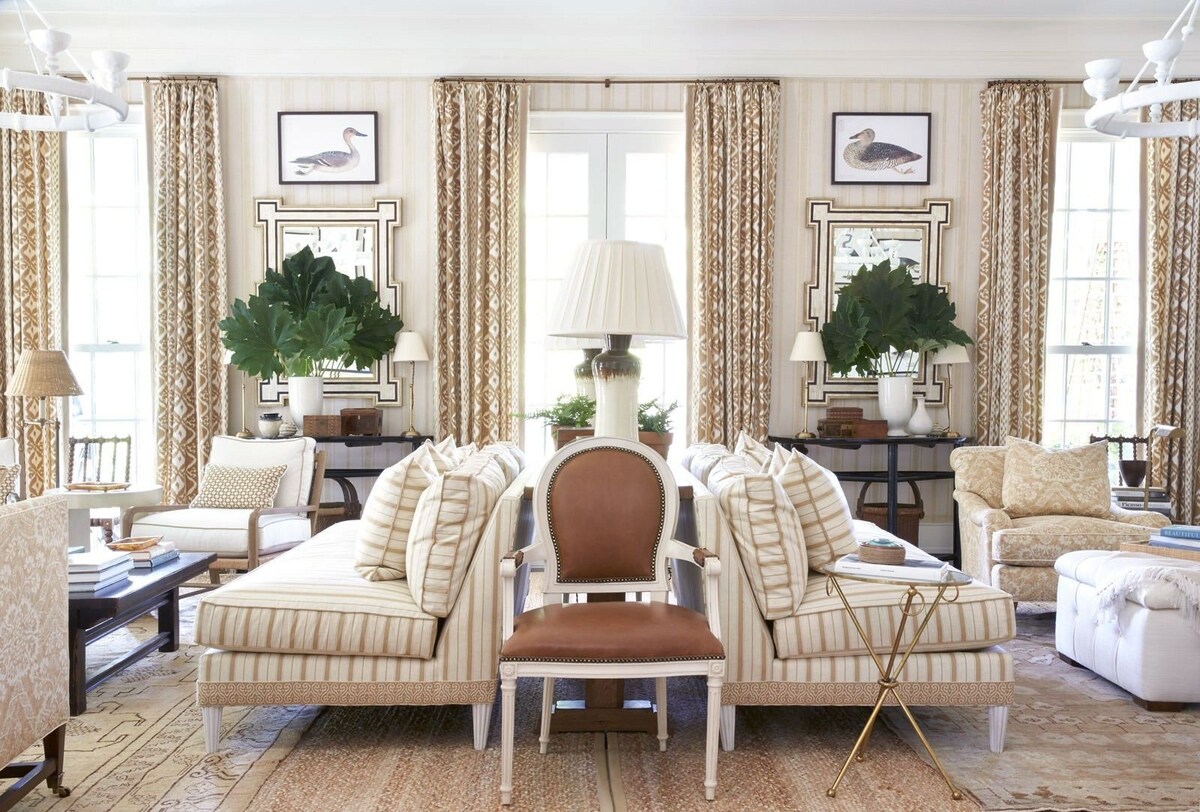
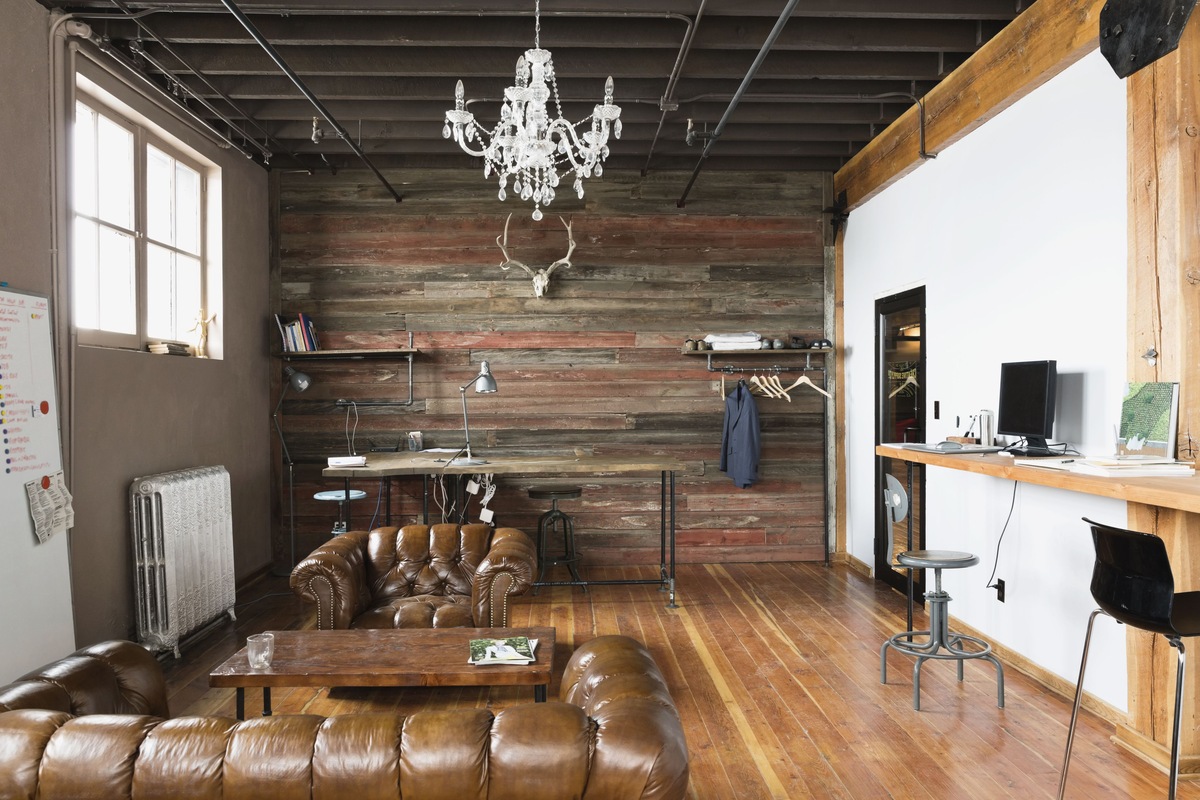
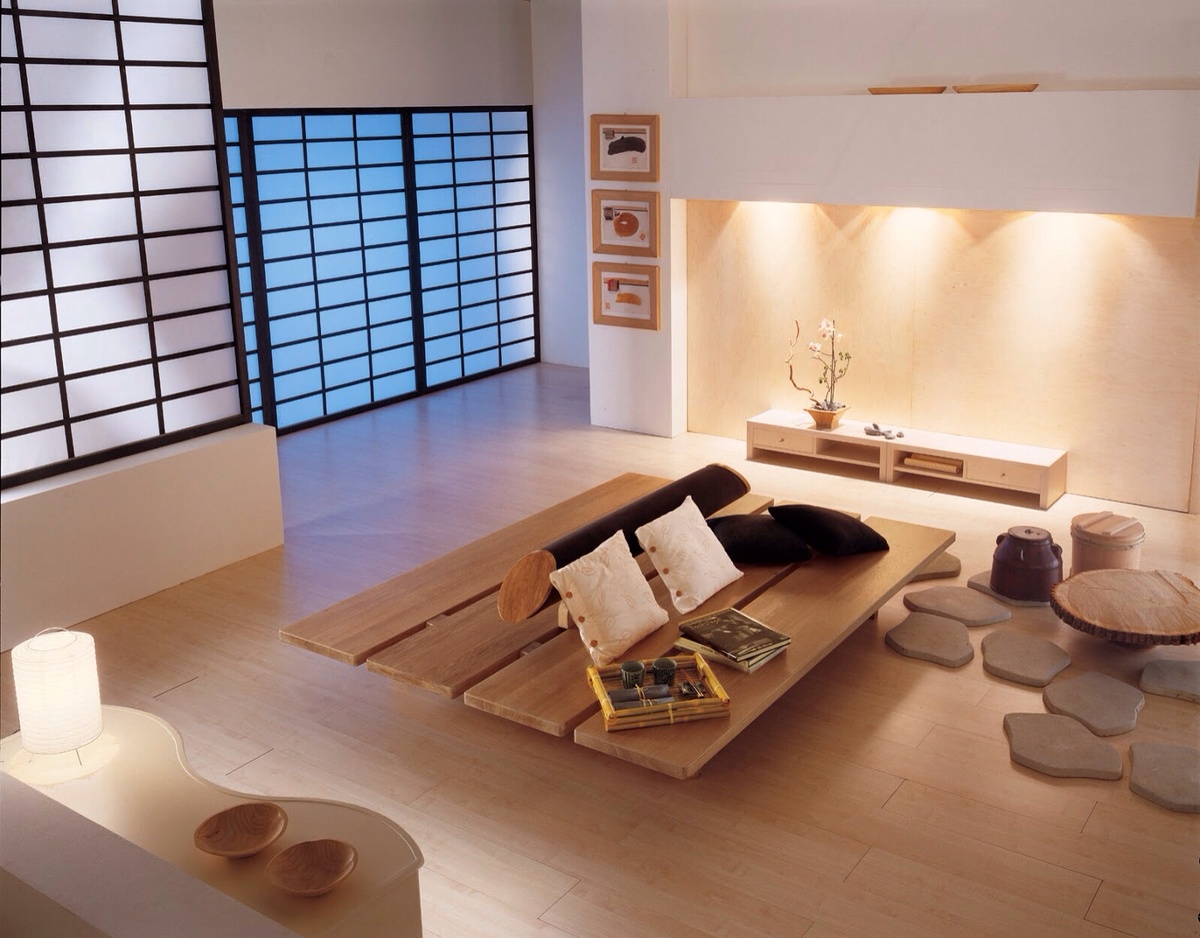

0 thoughts on “What Tax Category Is Home Decor”